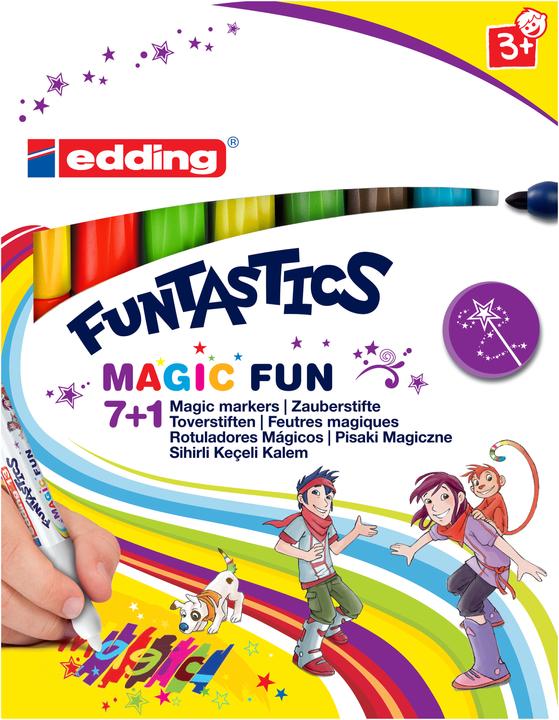
Edding Fibre-tip pens 13 Funtastics set of 8
8 x

With this simple clock, your kids will learn to name their feelings. In the process, they get game ideas to match their moods.
Early childhood development is an emotional roller coaster. The range of emotions varies from temper tantrum to over-excitement in mere seconds. Toddlers need to learn to categorise and respond to their feelings. This requires a lot of conversations and the empathy of us adults. To help my children understand their feelings better, we made an emotions clock together.
Kids set their current mood on the clock with the pointer finger. And then select a game that suits their mood. The goal is that children choose an activity according to their inner needs.
For the clock, you’ll need sturdy cardboard and a cutter or scissors. Also, a pencil, a compass and a scale are helpful when drawing. You can use felt-tip pens or print out individual images. A round head clamp and some glue stabilise the project. A clothespin will help you later while using the clock.
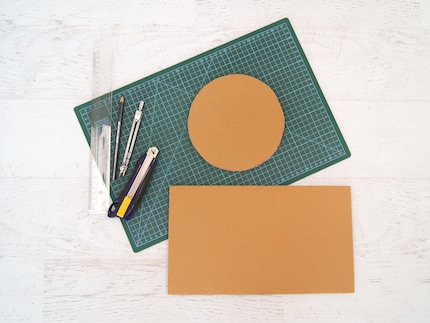

Edding Fibre-tip pens 13 Funtastics set of 8
8 x

Step 1: cut out a rectangle and a circle from a cardboard box.
Step 2: find images from the Internet for game ideas that your child likes to do outside or inside. Cut them out and glue them along the edge of the board. You’re also welcome to download the ideas I used as a PDF. In it, you’ll find three pages of game ideas and emotions cards.
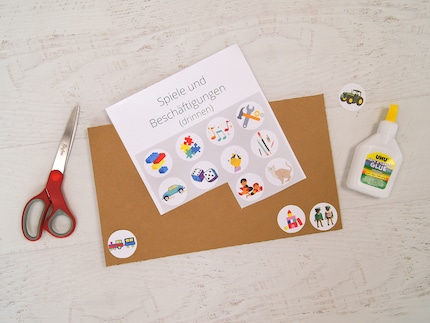
Step 3: cut out the emotions cards as well and glue them to the cardboard circle.
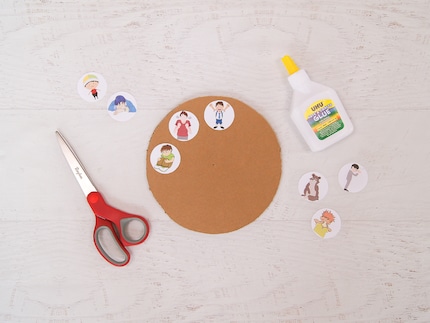
Step 4: cut out a pointer for each child who will use the emotions clock.
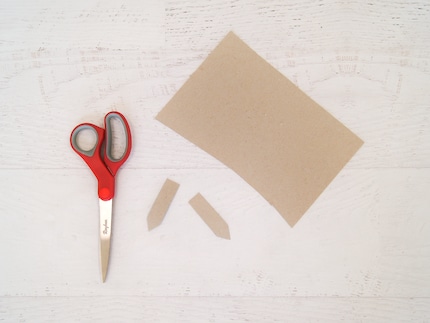
Step 5: each child gets a matching colour and paints their clock pointer and clothespin with it.
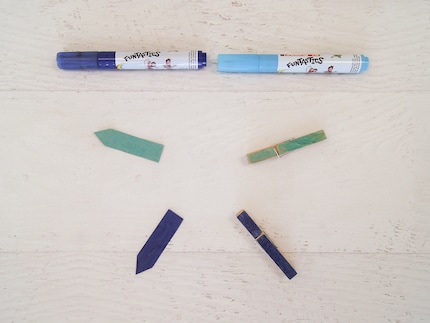
Step 6: use the round head clamp to attach the hands to the centre of the clock.
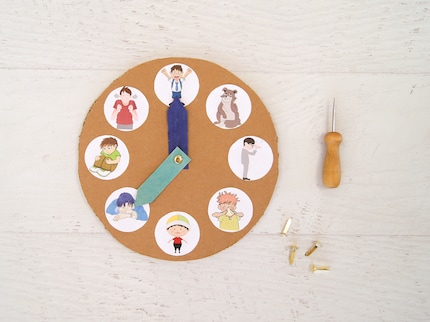
Step 7: glue the clock on the rectangular cardboard with the game ideas and your child’s emotional guide is ready.
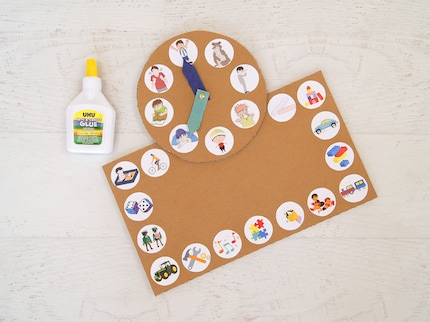
The feelings will remain an abstract wonder in the minds of children for a long time. Practice makes perfect. If you regularly discuss the emotions cards with your child, they will eventually be able to assign and name their feelings independently. Kids also learn that if they’re tired, they shouldn’t have a bicycle race with the neighbours in front of the house, but rather listen to some music or play something calmly.
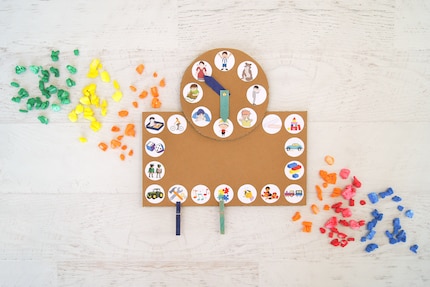
This emotions clock has helped my son, as he has struggled to pay attention to his body signals and find an activity on his own well past his kindergarden age.
Hopefully, this clock will help your children too. I look forward to reading what you think.
My students, but also my own children, inspire me every day with their wild imaginations. I love to document the creative projects that come from them on my blog Fantasiewerk. I hope to inspire many moms and dads to do crafts with their children. [Fantasiewerk.ch](https://fantasiewerk.ch)
Practical solutions for everyday problems with technology, household hacks and much more.
Show all